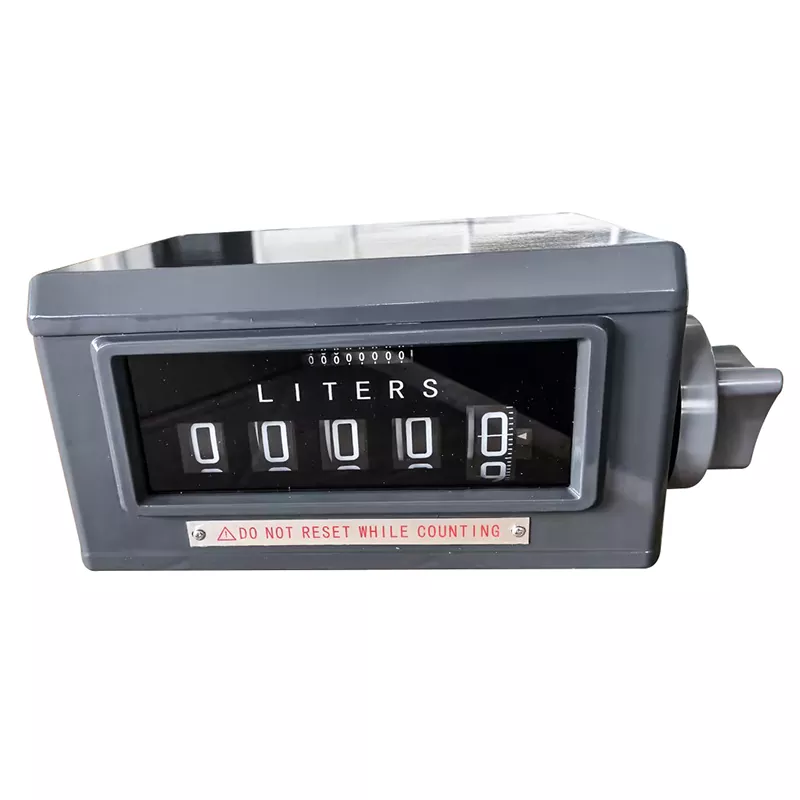What are the key components of a Positive Displacement Flowmeter?
2025-06-17
A Positive Displacement (PD) flowmeter is a precision instrument used to measure the volumetric flow rate of fluids by capturing and counting discrete volumes of the fluid as it passes through the meter. These flowmeters are known for their accuracy and reliability, especially in applications involving viscous liquids or where precise flow measurement is critical. Understanding the key components of a PD flowmeter provides insight into how it operates and why it is favored in many industries.
1. Measuring Chamber
At the heart of every PD flowmeter is the measuring chamber, which is designed to isolate and measure specific volumes of liquid. As fluid enters the chamber, it forces a mechanical element to move in a way that captures a fixed volume of the liquid. This chamber is carefully engineered to ensure minimal leakage and consistent volume measurement, even with variations in pressure and viscosity.
2. Rotating or Reciprocating Elements
PD flowmeters utilize mechanical components such as gears, lobes, pistons, diaphragms, or vanes that rotate or reciprocate within the measuring chamber. These elements divide the fluid into fixed, measurable volumes. For example:
Oval gear flowmeters use two interlocking gears that rotate as fluid moves through them.
Rotary vane flowmeters feature multiple vanes in a rotor that sweep through the chamber.
Nutating disk meters use a wobbling disk to displace fluid incrementally.
Each rotation or movement corresponds to a known volume, making it easy to determine the total flow by counting these events.

3. Housing or Meter Body
The housing, typically made of stainless steel, aluminum, or plastic, provides a robust enclosure for the internal components and ensures the meter can withstand high pressures and corrosive fluids. It also includes the inlet and outlet ports through which the fluid enters and exits the flowmeter. The shape and durability of the housing are crucial for maintaining measurement accuracy over time.
4. Shafts, Bearings, and Seals
To ensure smooth and efficient operation, shafts and bearings support the rotating components, reducing friction and wear. Seals, such as O-rings or mechanical seals, prevent leakage around moving parts and help maintain measurement precision. These components are often made of materials compatible with the measured fluid to ensure long-term durability and chemical resistance.
5. Counting or Sensing Mechanism
As the internal measuring components rotate or move, their motion is either mechanically counted (using gears and dials) or electronically sensed using magnetic pickups or optical sensors. The counting mechanism translates the number of rotations into a volumetric flow rate. Advanced flowmeters integrate digital electronics to display flow readings, log data, or transmit it to external systems.
6. Signal Output and Display System
Modern PD flowmeters often include electronic displays and communication interfaces such as pulse output, analog signals (4-20 mA), or digital protocols (e.g., Modbus, HART). These allow for real-time monitoring, remote data transmission, and integration with process control systems. The output system ensures the measured data is accurately conveyed to users or automation equipment.
Conclusion
The key components of a Positive Displacement flowmeter—measuring chamber, mechanical displacement elements, housing, support components, sensing mechanisms, and output systems—work together to ensure highly accurate, repeatable, and durable fluid measurement. Thanks to this precise and direct volumetric measurement approach, PD flowmeters are widely used in industries such as oil and gas, chemical processing, food and beverage, and pharmaceuticals.
As a professional manufacturer and supplier, we provide high-quality products. If you are interested in our products or have any questions, please feel free to contact us.